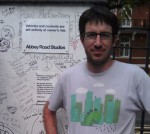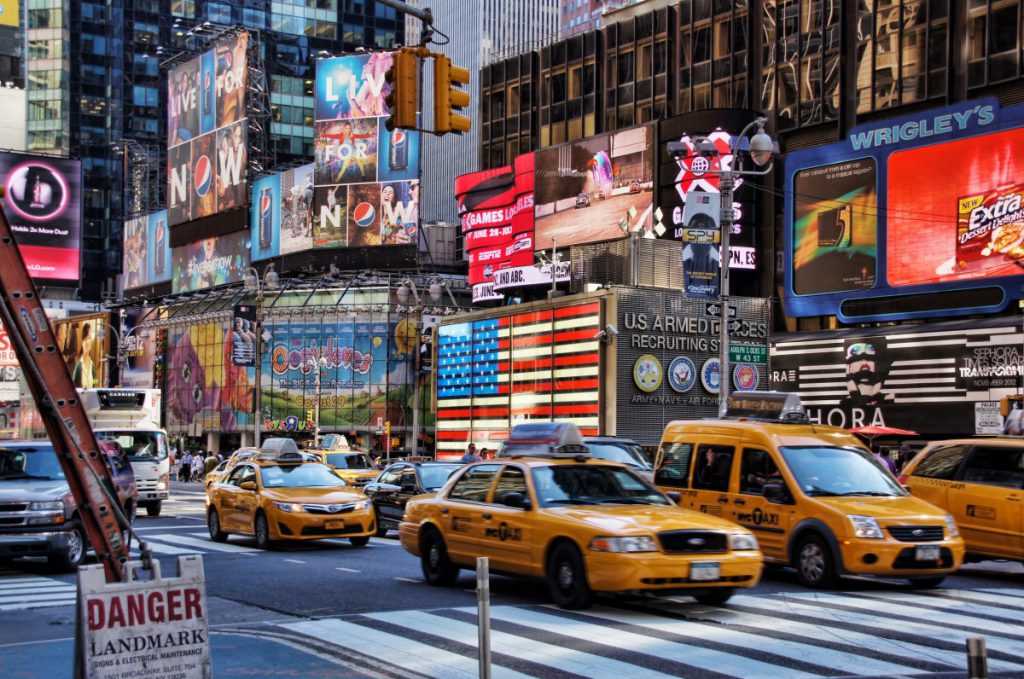The Hidden Costs of Car Culture
All the city news you can use.
Want more links to read? Visit The Overhead Wire and signup. Every day at The Overhead Wire we sort through over 1,500 news items about cities and share the best ones with our email list. At the end of the week, we take some of the most popular stories and share them with Urban Milwaukee readers. They are national (or international) links, sometimes entertaining and sometimes absurd, but hopefully useful.
The German Neighborhood with No Parking: In one neighborhood of Freiburg, kids play unattended and people bike and walk in the middle of the road. Cars are allowed, but only at a whopping 3 mph and there are no parking spaces. Vauban, the middle-class neighborhood of 5,000 residents is completely walkable, with a mix of schools, restaurants, grocery stores, offices, and other urban amenities in reach. To go downtown, it’s a 15 to 20-minute ride by bus or light rail. Vauban emerged as an experiment in sustainable planning; only 183 out of 1000 people own a car, compared to 800 in the US. The 15 year experiment has been a success, with clean urban air and a high quality of life that retains its residents. (Adele Peters | Fast Company)
The Streets Were Never Free: The US has heavily subsidized driving, creating a car culture around free roads and free parking. The costs have been hidden, handed down to tenants and customers who may not drive at all. Congestion pricing changes that narrative, insisting that public roads are a valuable and scarce resource. If there were a shortage of airline tickets or certain groceries, prices would be raised; traffic congestion is a shortage of road, and they should also be priced accordingly. (Emily Badger | New York Times)
Slow Streets in NYC’s Financial District?: Now that congestion pricing is slated to come to Manhattan, efforts are emerging to provide more incentives to leave the island to bikers, mass transit, and pedestrians. The Financial District Neighborhood Association commissioned a study titled “Make Way for Lower Manhattan” to propose a plan for a new “Slow Street District.” Post-9/11 conversions of office towers have brought in 75000 residents, in addition to the 300,000 daily workers and 14 million annual tourists. The plan aims to accommodate this rise in pedestrian traffic safely and efficiently. (Mark Alan Hewitt | Architect’s Newspaper)
Gang Fixes Rome Potholes Illegally: Members of the secret Gap organization wear scarves and hoodies to obscure their identities while they fix broken pavement without official permission, which is technically illegal. Rome has an estimated 10,000 potholes and the group of about 20 activists quietly does the work that city authorities have failed to do. Rome has been scrutinized lately, with budget cuts causing periodic “waste crises” and exploding buses. In addition to potholes, the group also addresses also public works repairs, like painting a pedestrian crossing and repairing a 1940s fountain. To let people know who made the repairs, the group always leaves a signature. (Giorgio Ghiglione | The Guardian)
Barcelona Amplifies Superblocks Effort: Salvador Rueda, a Barcelona urban planner, has the audacious goal to replicate Barcelona’s five existing superblocks 495 more times. The plan incorporates green space, bike and bus networks, to not eliminate cars but to radically reduce their prevalence and the amount of space they occupy. Barcelona may become the first “post-car” city if fully implemented. In a superblock, only residents’ vehicles and delivery vehicles can enter, and they travel at the same level and speed as pedestrians. From meticulously picking out pavement for crosswalks or spacing between trees, Rueda has a vision of an equitable, sustainable Barcelona. (David Roberts | Vox)
Quote of the Week
We’ve read in the past… that as low-income people leave the central city, they’re arriving in suburbs and increasing the poverty in the suburbs.” That said, however, “while there is a sense that poverty is expanding out to the suburbs, it’s not leaving the city.
-University of Minnesota researcher William Stancil in CityLab on what he found in his research looking at gentrification poverty.
This week on the podcast, Vanan Murugesan talks about starting up a grocery store and community center in a food desert north of Minneapolis.
Want more links to read? Visit The Overhead Wire and signup. (http://dtrnsfr.us/2iA8Yas)
Urban Reads
-
How Traffic Noise Impacts Children’s Brains
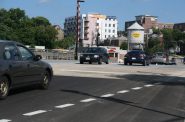 Jul 1st, 2024 by Jeff Wood
Jul 1st, 2024 by Jeff Wood
-
Number of Super Commuters is Rising
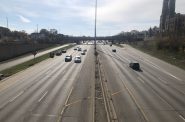 Jun 22nd, 2024 by Jeff Wood
Jun 22nd, 2024 by Jeff Wood
-
Why Has the Walkable City Been Villainized?
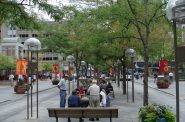 Jun 9th, 2024 by Jeff Wood
Jun 9th, 2024 by Jeff Wood

